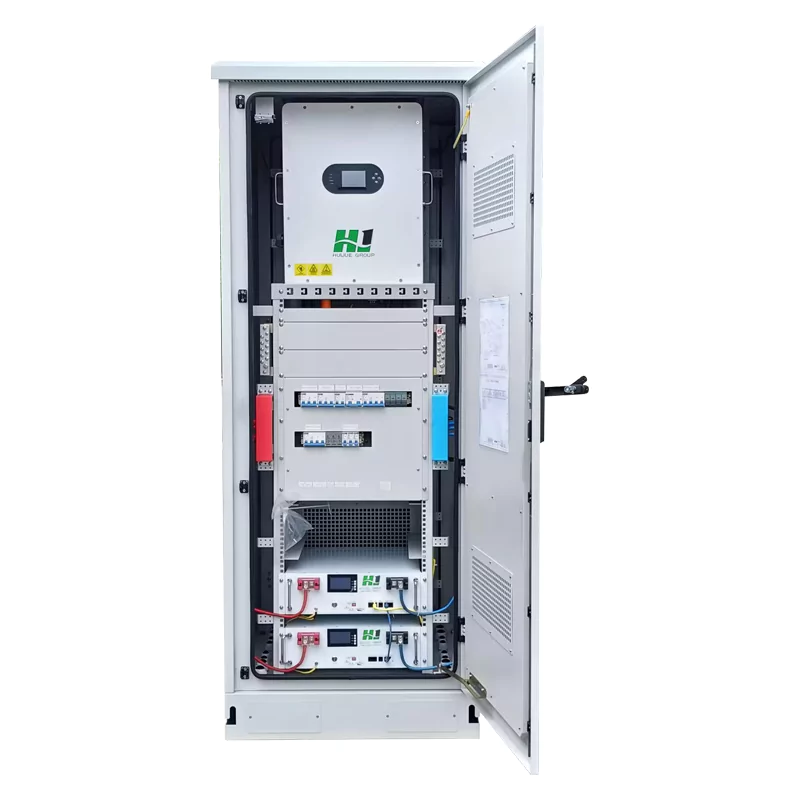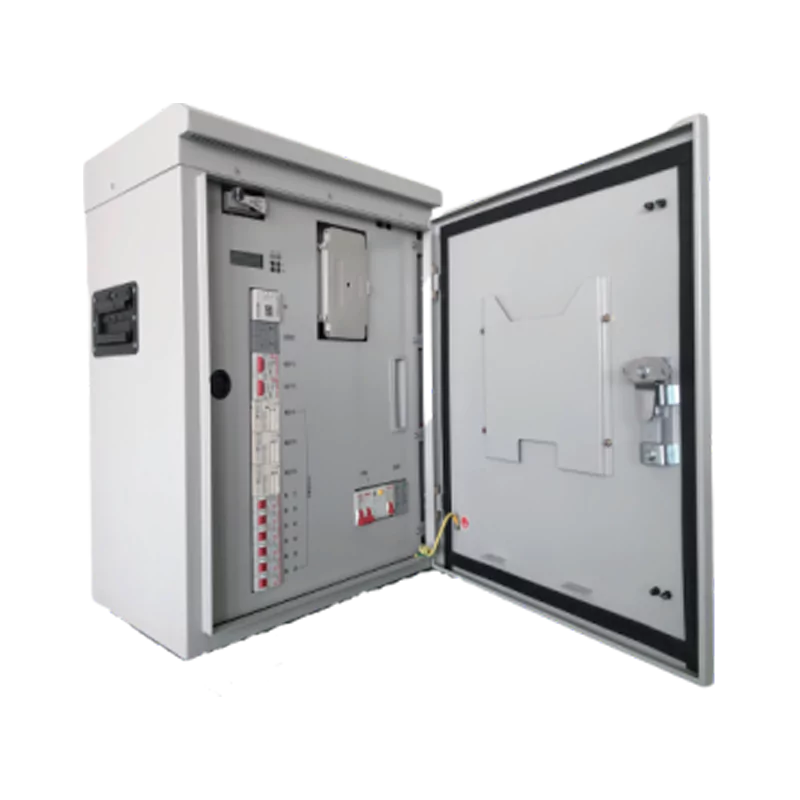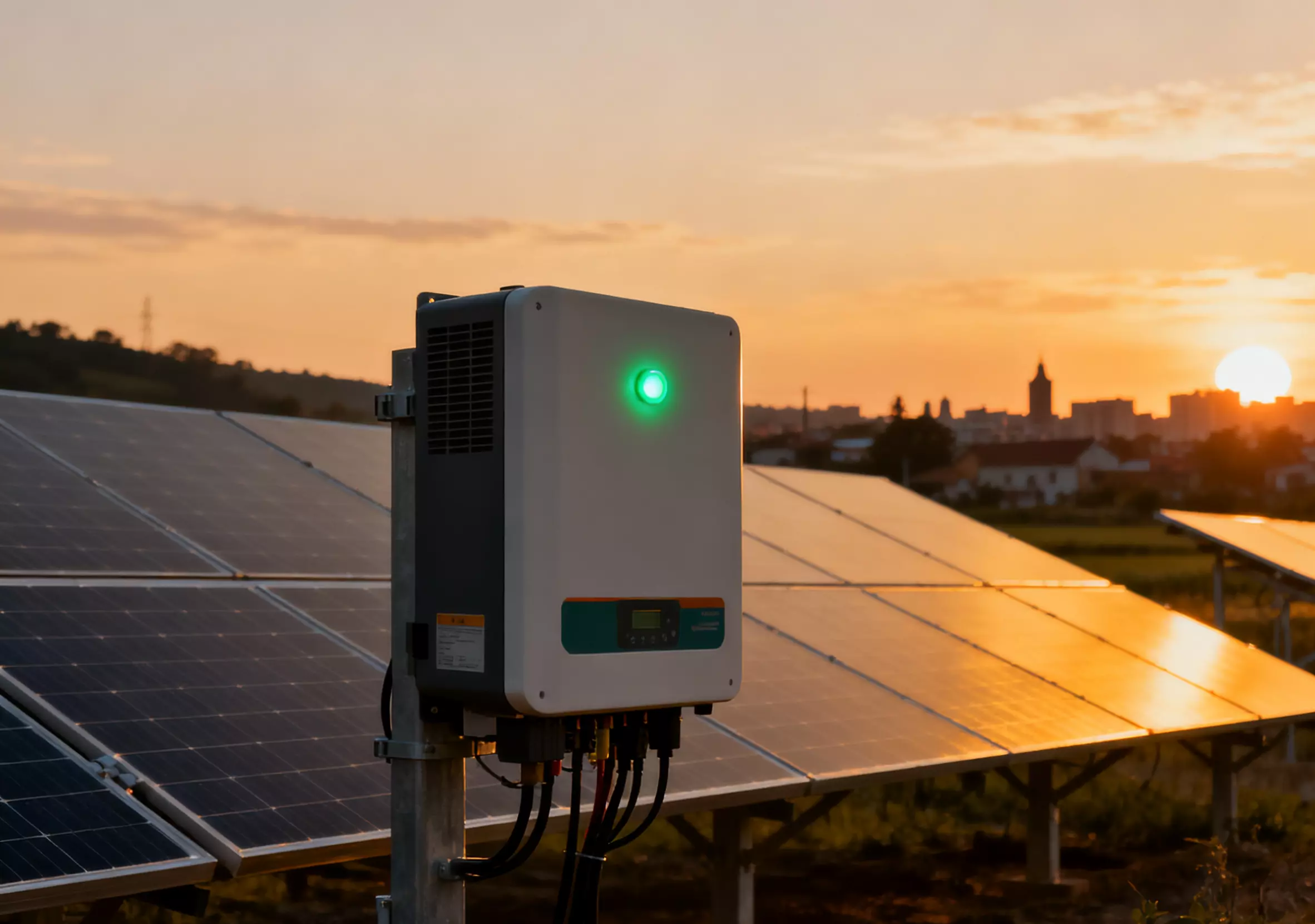Energy cabinets have emerged as a critical element of modern infrastructure, providing safe, organized, and high-efficiency enclosures for electrical equipment. Whether you’re designing an outdoor base station cabinet for telecommunications purposes or an indoor energy cabinet for industrial automation, understanding the important features can help you select the appropriate solution. The article provides a description of seven necessary features of any high-performance energy cabinet.
1. Solid Climate Protection
Among the first things considered for energy cabinets is protection from climate, especially for external mounting. Cabinets must withstand dust, rain, and temperature. A top-rated outdoor base station cabinet must be IP55 compliant, which provides protection against the ingress of dust and low-pressure water jets. In the opinion of the U.S. Department of Energy, proper enclosure protection ensures system longevity and reduces maintenance costs.
2. Modular and Compact Design
A modular energy cabinet offers the option to add components, replace them, or upgrade them without having to overhaul the system entirely. This is crucial in telecom and alternative energy solutions, where future expansion is common. A compact and space-efficient design ensures the cabinet fits into small spaces like rooftops, roadside installation, or telecommunication towers.
Example: At Nairobi, Kenya, modular external base station cabinets enabled quick installation of new 4G telecommunication sites without enlarging the footprint.
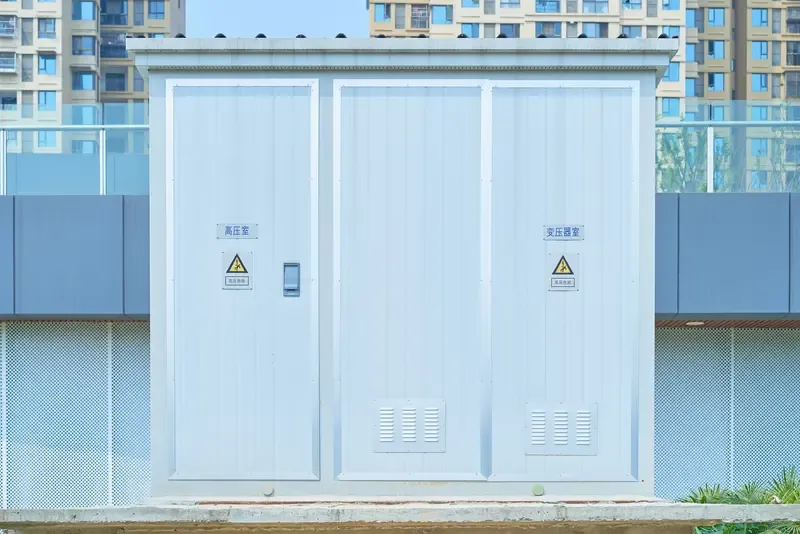
3. Integral Cooling and Ventilation
Electronic equipment generates heat, and too much heat can lead to system failure. Energy cabinets typically include:
- Forced ventilation fans
- Heat exchangers
- Thermoelectric cooling (TEC)
Temperature control appropriately ensures extended life for sensitive components like inverters and batteries. Thermal management within electrical enclosures is recommended by the National Renewable Energy Laboratory (NREL) to maintain safe operating temperatures.
4. Safe Storage of Batteries
Batteries tend to be stored within energy cabinets, hence the safety of the battery compartment becomes an issue. Key considerations are:
- Individual compartments with fire barriers
- Maintenance access made simple
- Safe cable management to prevent short circuits
For outdoor base station cabinets, secure battery storage prevents environmental hazards and theft.
5. IP Rating and Quality of Materials
Material selection determines durability. Cabinets are most often made from powder-coated steel or corrosion-resistant aluminum, which accommodates tough weathered outdoor environments. IP55 is standard for dust and water protection, but higher-rated cabinets are in harsher environments.
Why not employ IP65 or higher?
IP55 is the balance of protection, cost, and ventilation needs. Higher IP ratings can restrict natural airflow, requiring supplementary cooling provision.
6. Simple Maintenance and Access
Simple access is essential for operators. It comprises:
- Swing doors or swing-out panels
- Cable channels for routing
- Lockable enclosures
Modular shelves and adjustable racks facilitate easy maintenance, reducing repair or upgrade downtime.
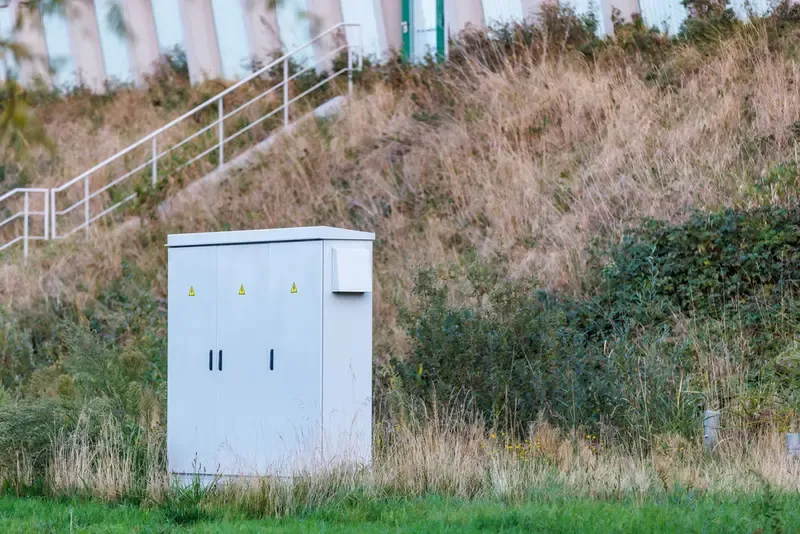
7. Intelligent Monitoring and Integration
New energy cabinets often include monitoring systems:
- Temperature and humidity sensors
- Remote energy consumption monitoring
- Battery charge/discharge monitoring
This allows predictive maintenance and optimal system operation in real-time. For instance, in Singapore, telecom operators use intelligent monitoring for outdoor base station cabinets to remotely monitor battery and ambient health, increasing uptime.
FAQ
- How do I choose a suitable IP rating for my energy cabinet?
Consider where you are. Rooftops in cities may survive IP55, but by the beach or in industrial zones may require IP65 or higher.
- Are modular cabinets less expensive than fixed configurations?
Yes, modular cabinets are less expensive in replacement and downtime costs and simpler to upgrade elements or ramp capacity.
- Will out-of-door base station cabinets survive extreme temperatures?
With cooling and heavy-duty materials integrated, high-grade cabinets can thrive in -20°C to 50°C temperatures, protecting sensitive electronics.
By incorporating these seven predominant features—climate protection, modularity, cooling, battery safety, material quality, accessibility for maintenance, and intelligent monitoring—you make your energy cabinet meet requirements for operation, safety, and efficiency. Whether for telecom, industrial, or renewable energy applications, a well-selected energy cabinet is the foundation building block for system dependability.


